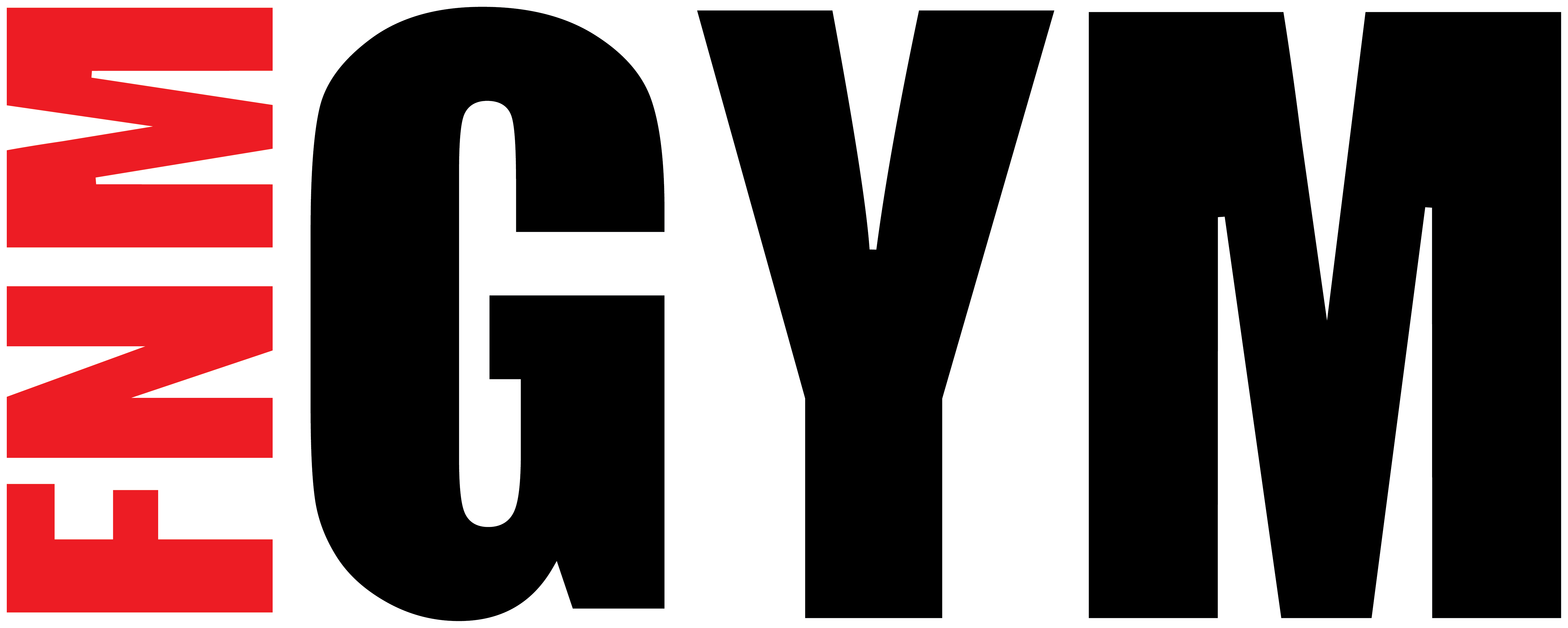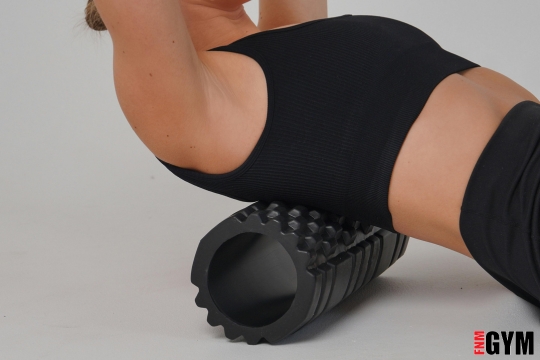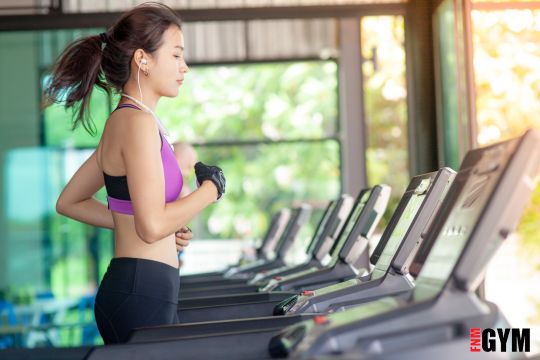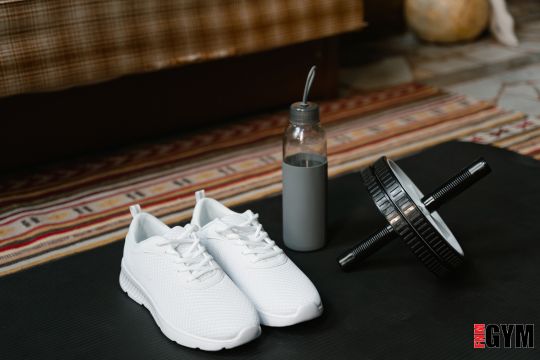At Fitness n Motion Health Centre (FNM), we love seeing you crush your workouts and push your limits. But here’s a secret: the magic doesn’t just happen while you’re lifting weights or running on the treadmill. It’s what happens after your workout that truly helps you get stronger, fitter, and healthier. Recovery is the unsung hero of fitness, and today we’re going to show you why rest is just as important as exercise. There are different types of recovery that aid in this process.
The Science of Recovery: How Rest Repairs and Rejuvenates
When you work out, you’re putting your body under stress—and that’s a good thing! Whether you’re squatting, sprinting, or doing Pilates, exercise creates tiny tears in your muscles. These micro-tears signal your body to repair and rebuild, which is how you gain strength and endurance. But here’s the kicker: this process only happens during recovery. Each type of recovery has its benefits.
If you skip rest days or push too hard without letting your body recuperate, you’re setting yourself up for trouble. Instead of getting stronger, your muscles might stay sore, and you could even risk injury. And let’s not forget the mental side—burnout is real, and it can zap your motivation faster than you can say “protein shake.”
Recovery isn’t about slacking off; it’s about giving your body the time it needs to adapt and improve. It’s like charging your phone—if you keep running it at 1%, eventually, it’s going to shut down! Using different types of recovery can prevent that from happening.
Types of Recovery: Active, Passive, and Nutritional
Recovery isn’t one-size-fits-all. There are different ways to help your body bounce back, and they all play a vital role in your fitness journey.
1. Active Recovery
Active recovery is all about low-intensity movement that keeps your blood flowing without putting too much stress on your muscles. Think yoga, walking, or a gentle swim. These activities help flush out lactic acid, reduce muscle soreness, and keep you feeling energised. This type of recovery is especially effective after intense workouts.
So, next time you’re tempted to plop on the couch after a tough session, consider a light stroll instead—it’s a game-changer!
2. Passive Recovery
Passive recovery is what most of us think of when we hear “rest day.” It’s when you kick back, relax, and let your body do its thing. Sleep is the ultimate form of passive recovery. It’s when your body releases growth hormones and repairs those hardworking muscles. Aim for 7–9 hours of quality sleep per night to maximize your results. Choosing different types of recovery benefits your overall health.
And yes, lounging on the couch can count as recovery—just don’t make it an all-day Netflix marathon.
3. Nutritional Recovery
You can’t out-train a poor diet, and you definitely can’t recover without proper nutrition. After a workout, your body is like a sponge, ready to soak up the nutrients it needs to repair and rebuild.
Focus on a mix of protein to rebuild muscle, carbs to replenish energy, and healthy fats to keep everything running smoothly. And don’t forget to hydrate! Water helps transport nutrients and flush out toxins, so keep that bottle handy. Nutritional recovery is a different type of recovery that’s equally important.
Tools for Recovery: Your Gym Bag Essentials
At FNM, we’re big fans of tools that make recovery easier, more effective, and—dare we say it—fun! Here are some of our favourites:
- Foam Rollers: These handy cylinders are like a DIY massage. Roll them over sore muscles to improve blood flow and reduce tightness. It might feel like torture at first, but trust us—it’s worth it!
- Massage Guns: A step up from foam rollers, massage guns deliver targeted vibrations to your muscles. They’re perfect for working out knots and boosting circulation. Different types of recovery tools can enhance your process.
- Stretching Bands: These simple tools help you deepen your stretches, improve flexibility, and prevent stiffness. Keep one in your gym bag for quick post-workout use.
- Ice Packs and Heat Pads: Cold therapy can reduce swelling and inflammation, while heat soothes sore, stiff muscles. Both are great for recovery, depending on what your body needs.
- Scheduled Rest Days: Okay, this one isn’t something you can pack, but it’s just as important! Plan your rest days like you’d plan a workout—they’re essential to your success.
Rest Isn’t Lazy; It’s Strategic
At Fitness n Motion Health Centre, we believe in balance. Rest and recovery aren’t excuses to take it easy—they’re vital pieces of the fitness puzzle. By giving your body the time and tools it needs to recover, you’ll come back stronger, more energized, and ready to tackle your next workout.
So, the next time you’re tempted to skip a rest day, remember this: recovery isn’t the enemy of progress; it’s the engine behind it. Using different types of recovery methods ensures balanced fitness. And if you ever need tips, advice, or just a cheer squad, you know where to find us—right here at FNM!
Now, take a deep breath, grab that foam roller, and give your body the love it deserves. It’s earned it!
Click here to read more about Benefits of Functional Fitness Training for Everyday Life




